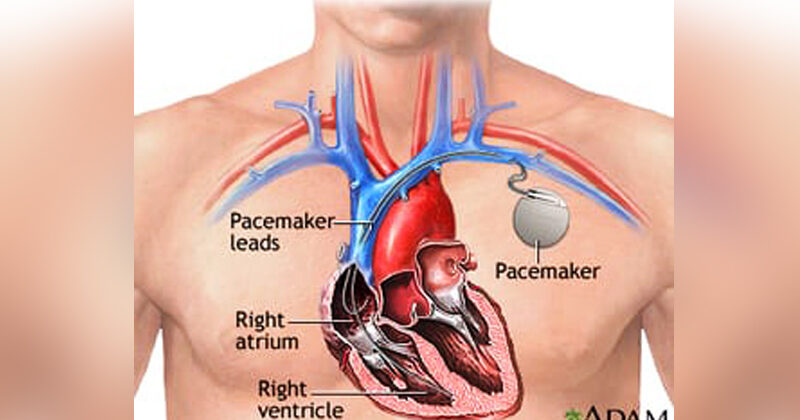
What is Pacemakers?
A pacemaker is a little gadget, about the size of a silver dollar, that is embedded under the skin on the chest divider with electrical leads, or wires, that are put through an IV into a vein and passed down and into the heart. Pacemakers go about as a wellbeing net, conveying low energy heartbeats to the heart muscle to animate a thump if the heart beat eases back.
When Do I Need a Pacemaker?
Peacemakers can be impermanent or lasting relying upon how they’re being utilized. A few patients may require a transitory pacemaker to help after a respiratory failure or heart medical procedure. For other people, the implantation of a pacemaker will be perpetual.
For instance, on the off chance that it is absurd to expect to control AFIB, either with drugs or with heart catheter removal, a pacemaker might be another reasonable alternative.
In different patients, throughout the span of their life, scar tissue may create in the ordinary cardiovascular electrical tissue that hinders electrical actuation all through the heart. This can cause easing back of the heart cadence that can prompt exhaustion and windedness, and all the more seldom to bleary eyed, woozy or passing out spells.
A few pacemakers are important essentially because of maturing and resultant failure of the heart.
Pacemakers can be valuable for patients of any age contingent upon their condition. Commonly, pacemakers are embedded because of heart harm or sickness brought about by old age, abundance weight or different conditions. In any case, some inborn issues necessitate that more youthful patients get a pacemaker embed.
